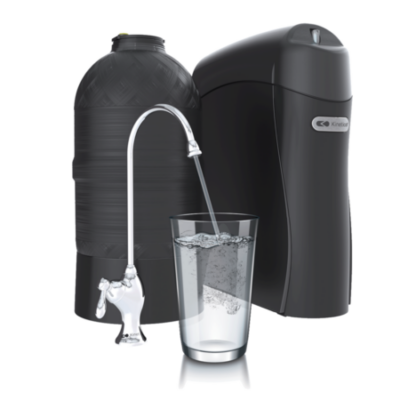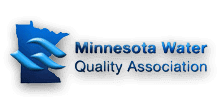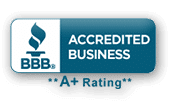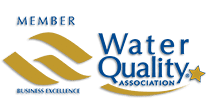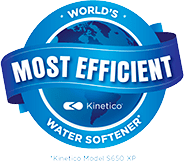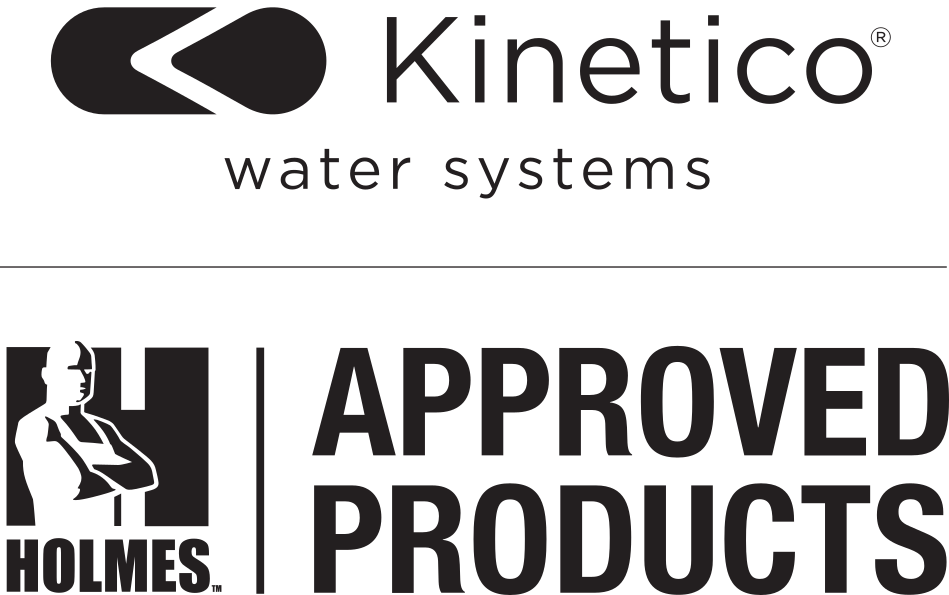Homeowners have come to realize reverse osmosis systems offer many distinct advantages, so we thought we would take the time to answer some of the most common questions we get about these systems, how they work and what benefits they offer.
Q: What is reverse osmosis?
A: Reverse osmosis uses a special semi-permeable membrane to filter water using pressure that will force the water through tiny pores in the membrane. The in-home units use this membrane technology along with carbon and mechanical filtration to create water that is purified and tastes great.
Q: How does it work?
A: The water first flows through a carbon pre-filter that will remove certain contaminants like chlorine. After that, the water will go through the semi-permeable membrane. This will allow the water to flow through but will keep dissolved solids from passing through (sodium, lead and arsenic, for example). The purified water is then stored in a small tank until you are ready to use it. When you turn on a faucet, the water will be forced by air pressure through yet another carbon filter and then it will continue out of your faucet.
Q: How long will my reverse osmosis system last?
A: A reverse osmosis system could last practically forever with the proper care and maintenance. Make sure you have us out to service it on a regular basis and so we can replace the parts as they wear out. Your semi-permeable membrane should last about three to five years.
Q: Do reverse osmosis systems waste a lot of water?
A: While some of the water that flows through your reverse osmosis system will be used to keep the membranes clean, you should not notice a huge increase in your water bill (if you pay one). It will only use enough water to fill the storage tank. After that, it automatically shuts off until it needs to refill the tank.
Q: Why are these systems so popular?
A: More and more people are coming to realize that reverse osmosis systems provide pure, clean, great-tasting drinking water at a great cost, and maintaining these systems is quite easy.
Q: Do these types of systems remove minerals that are essential to good health?
The minerals found in water that are removed by reverse osmosis are usually inorganic and difficult for your body to process and use. There are better and more effective ways to get the minerals your body needs. For example, through food or vitamin supplements.
Q: Can reverse osmosis systems increase my electric bill?
No. Reverse osmosis systems use water pressure to run. There are some extra parts you could add on that would use electricity, but most reverse osmosis systems do not require them.
Q: What types of contaminants do reverse osmosis systems remove?
These systems remove contaminants like aluminum, chlorine, copper, cyanide, fluoride, silver, radon, nitrates, sodium and more.
Q: What is Nitrate?
Nitrate is a form of nitrogen. It is a natural part of soil and groundwater. The use of fertilizer, manure, and sewage seeping into the ground can cause elevated nitrate levels in groundwater. Some levels exceed the EPA drinking water standard. You should have your well tested for nitrate to know what the level is in the water you drink, especially if you live in a rural area, or take your water from a private well. Nitrate is a concern because too much nitrate in your body makes it harder for red blood cells to carry oxygen. This can be dangerous for infants and some adults. Infants exposed to too much nitrate can develop “blue baby syndrome”, that is rare, but fatal. The maximum EPA level is 10 mg/l. Many water filters do not reduce nitrate. Your water professionals at Haferman water can help you with water testing, and recommend a system that is certified to reduce nitrate levels.
Q: What do I do if I have elevated arsenic levels in my drinking water?
Arsenic is a notoriously poisonous metalloid with many allotropic forms. Arsenic is found naturally in the ground, as well as in pesticides, herbicides, insecticides, and various alloys.
If you are concerned, or have been notified, that your water may contain elevated arsenic levels, then you should probably have your water tested. The EPA maximum health standard for arsenic is 10 micrograms per liter. There are several methods of reducing arsenic. Some will reduce for the whole house, and some for a single tap, for example, a tap at the kitchen sink. The purchase and installation of treatment equipment to reduce arsenic is a choice you need to make. But your Haferman Water professional can help guide you through the process with straight-forward, informed answers; a written price quote for the equipment and installation; and an explanation of future maintenance.
Q: What do I need to do to maintain my reverse osmosis system?
The main task you need to do to keep your reverse osmosis system up and running is to regularly change the filters. This should happen every six months or so, depending on the type of system you have installed or depending on what your water is like. The membrane in the unit should last you a couple of years though.


